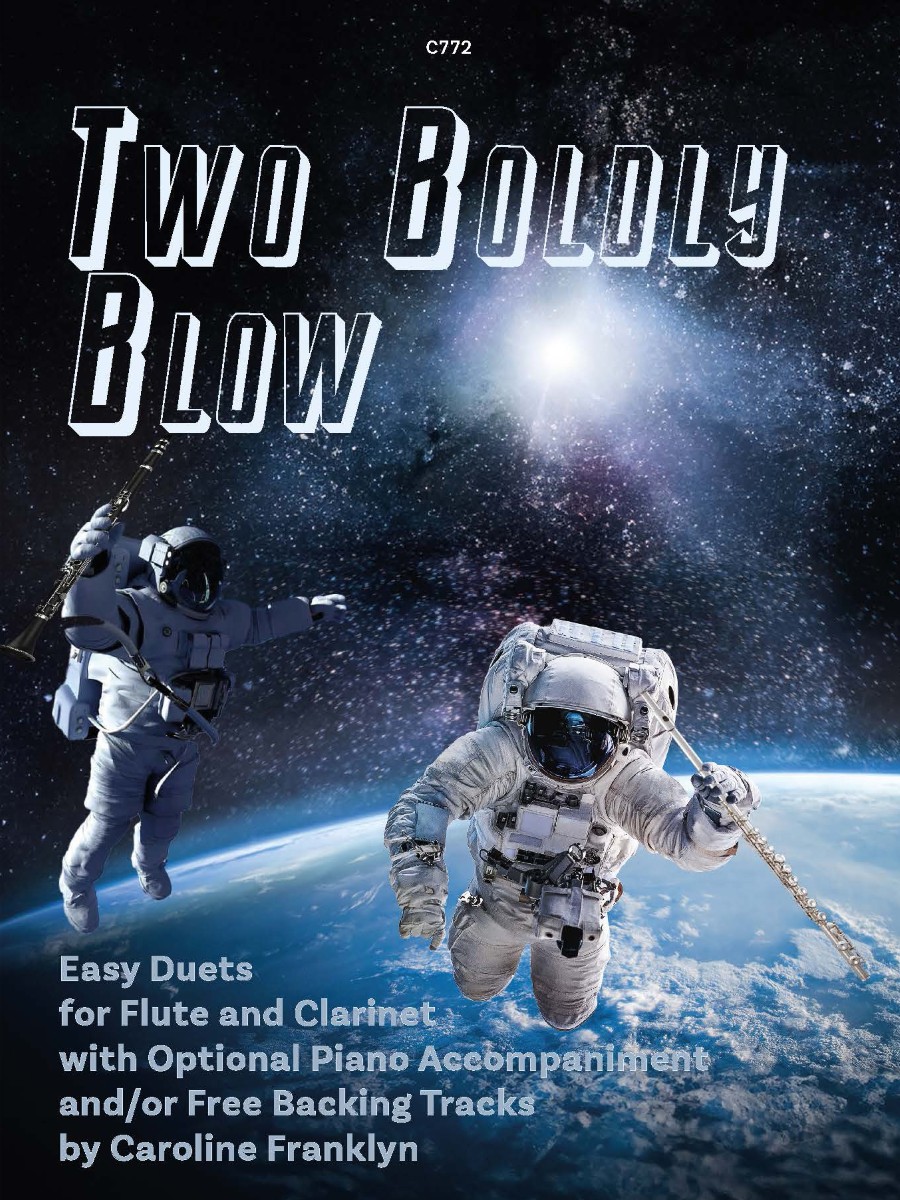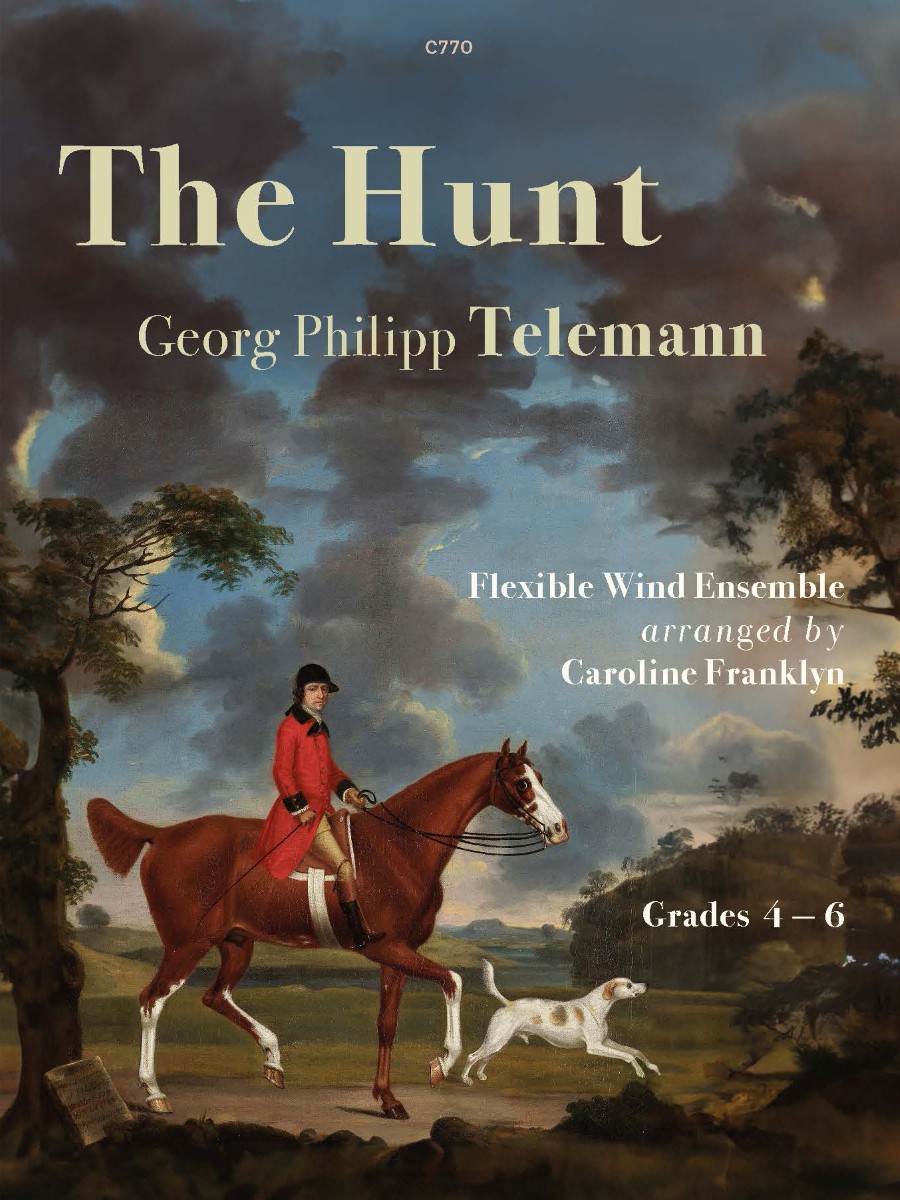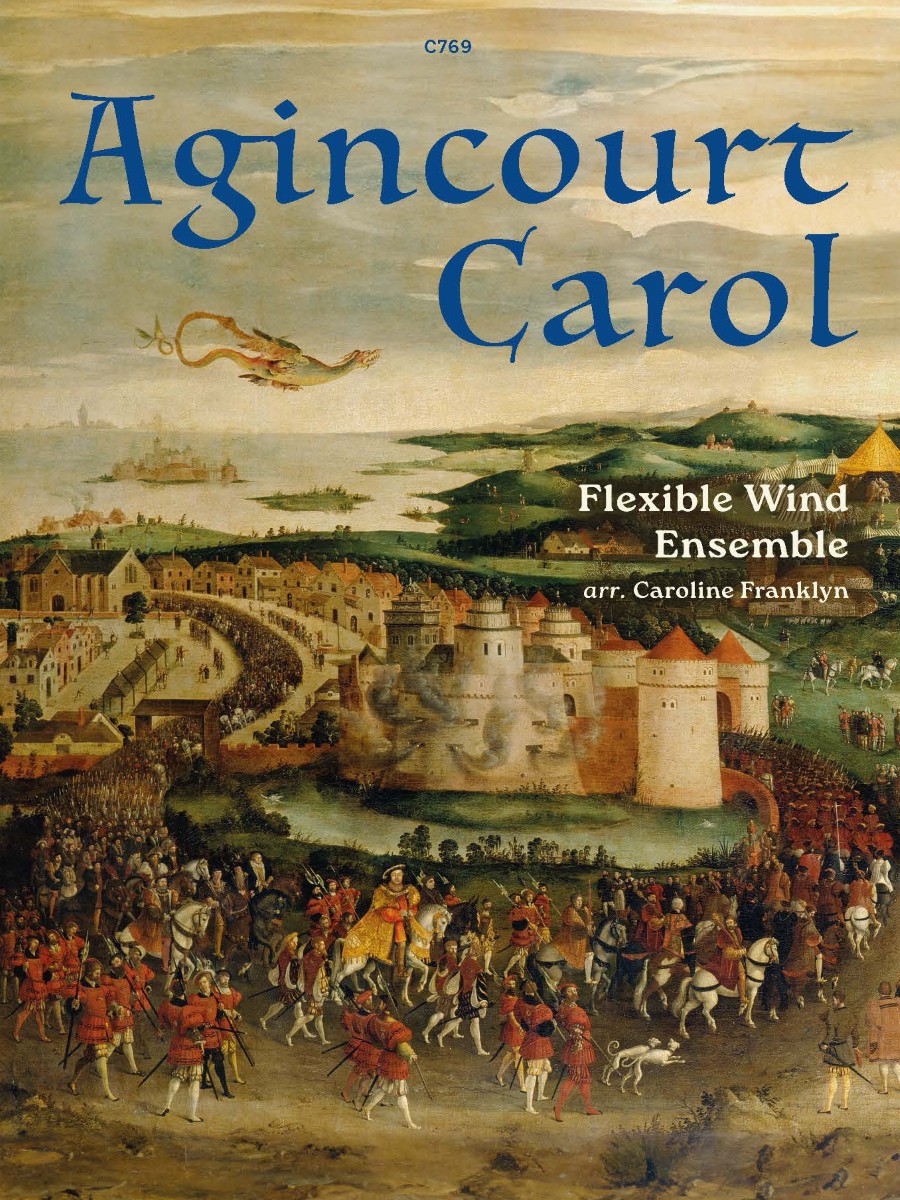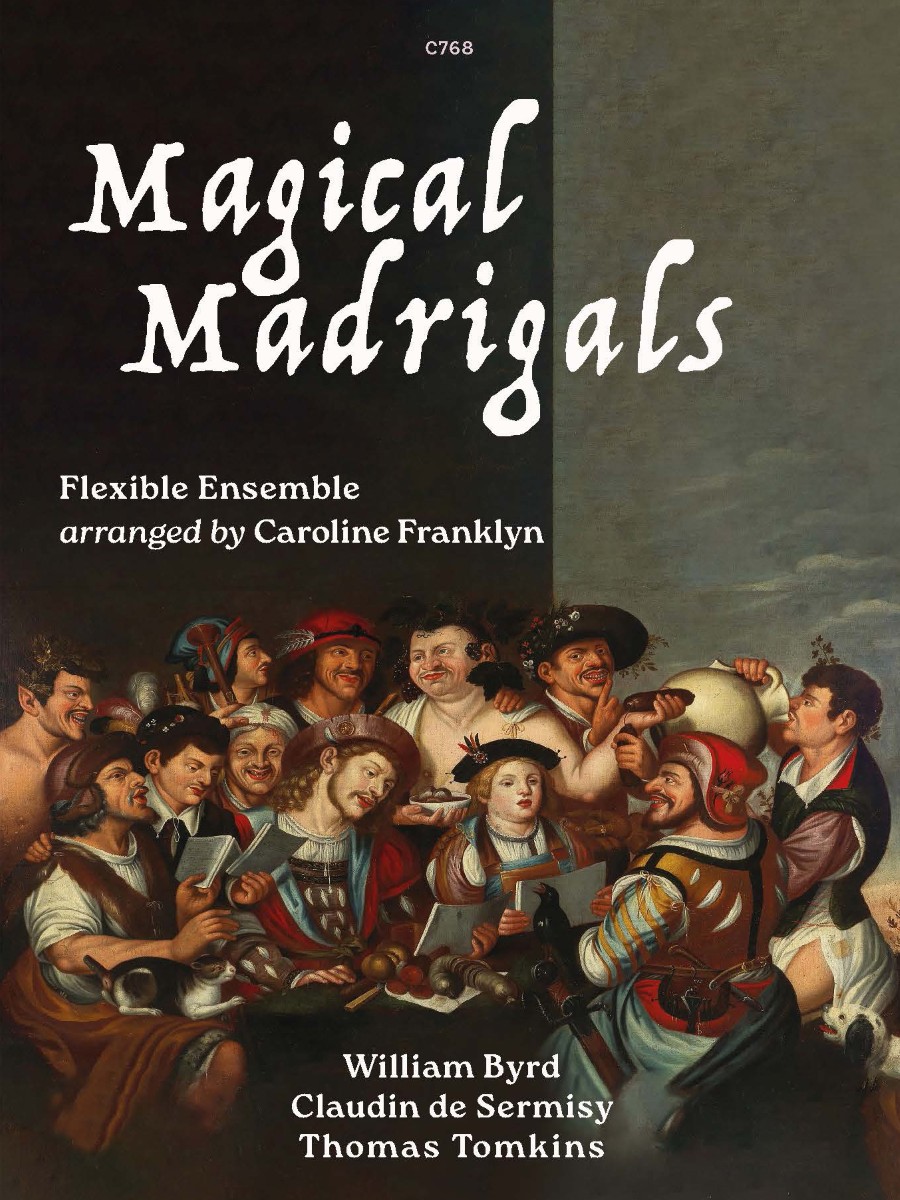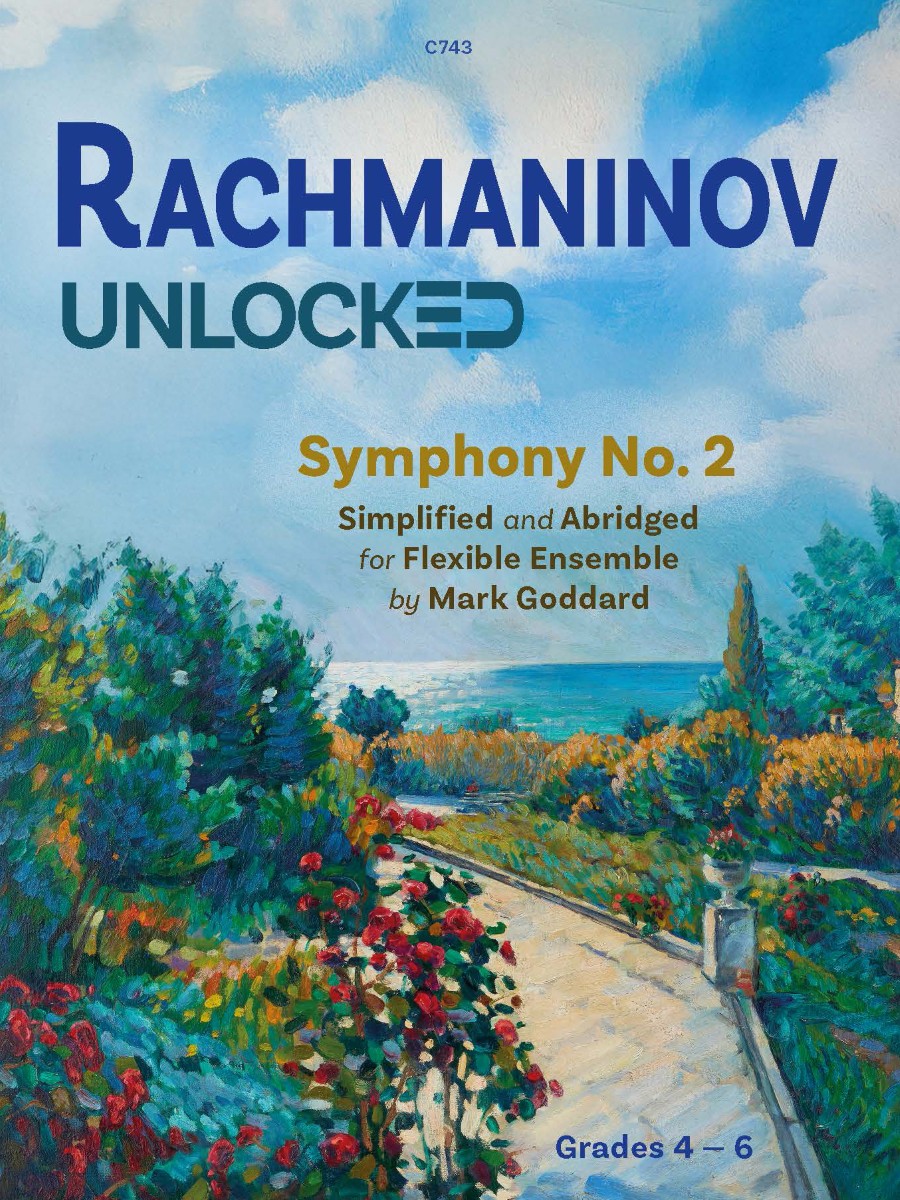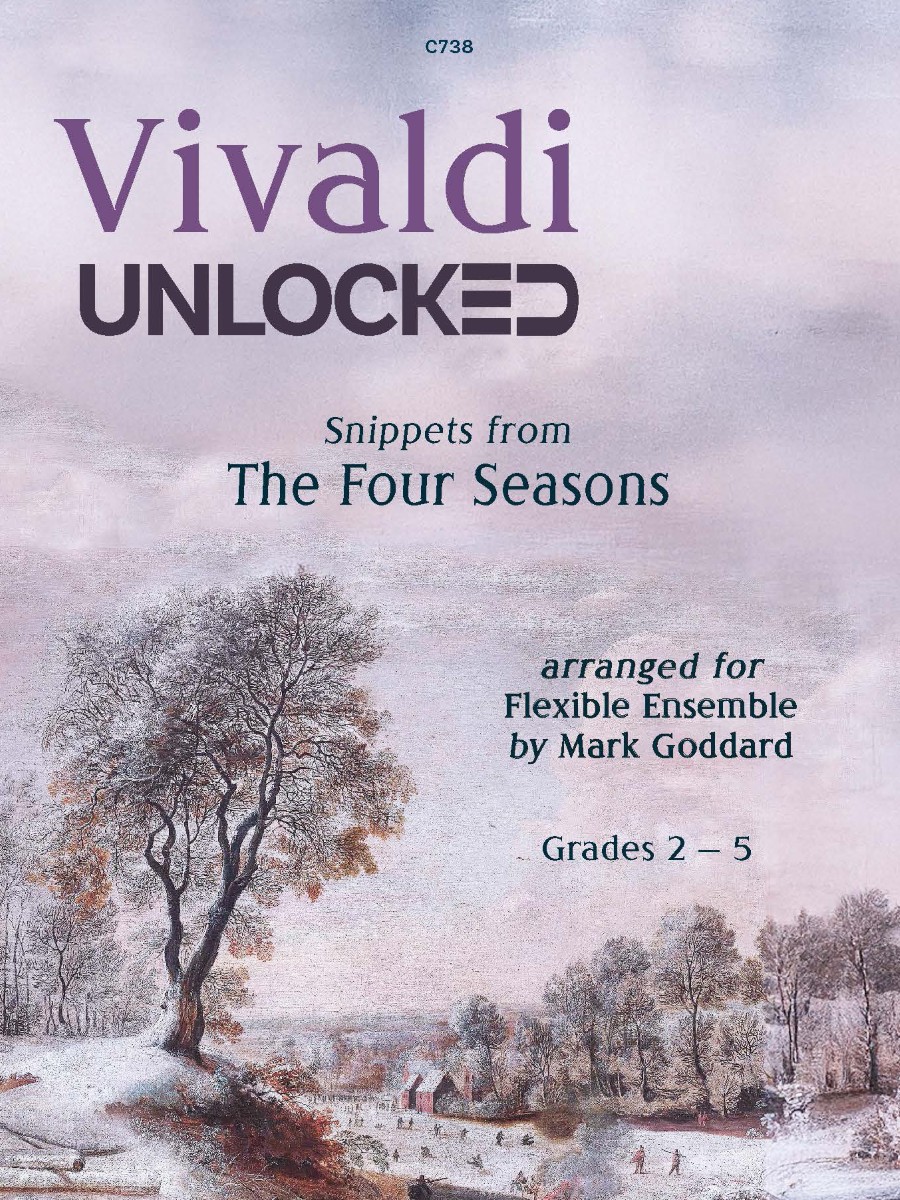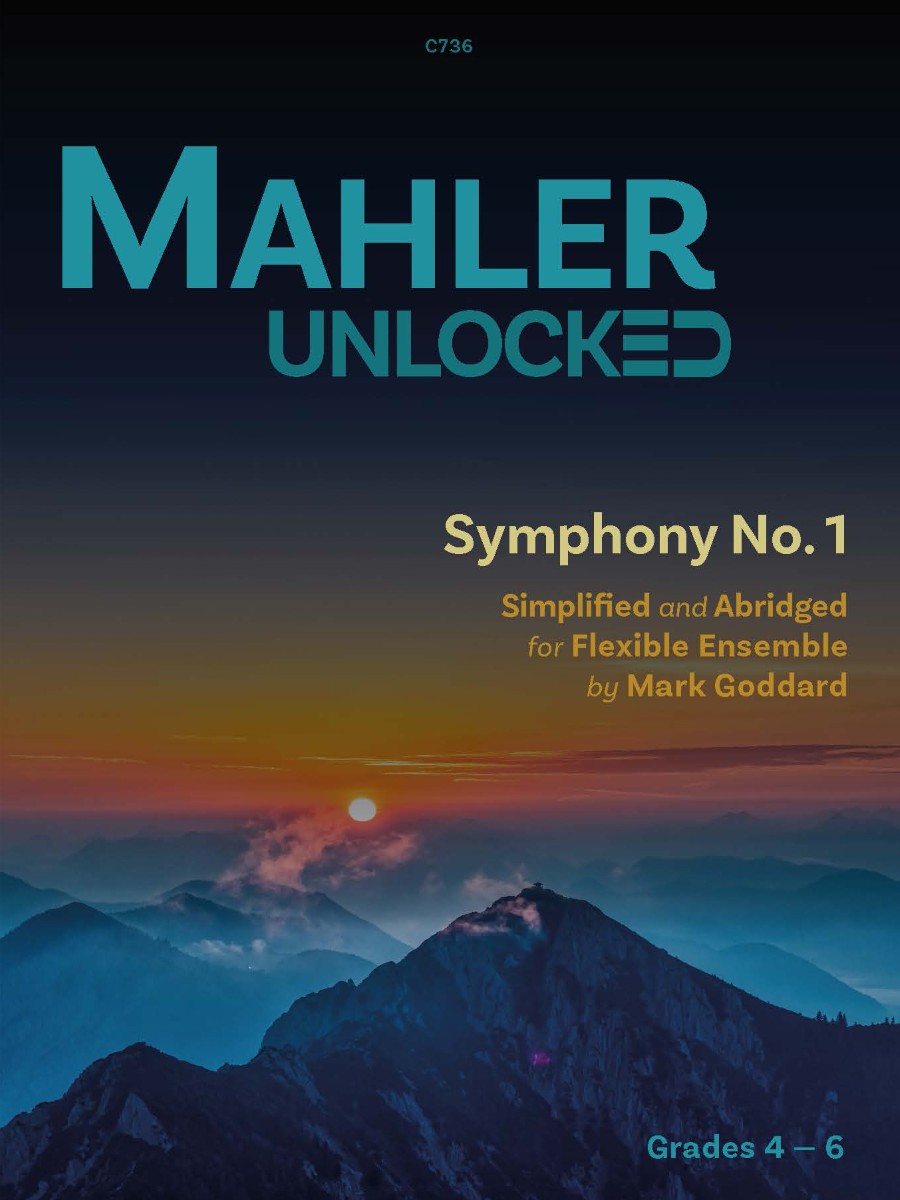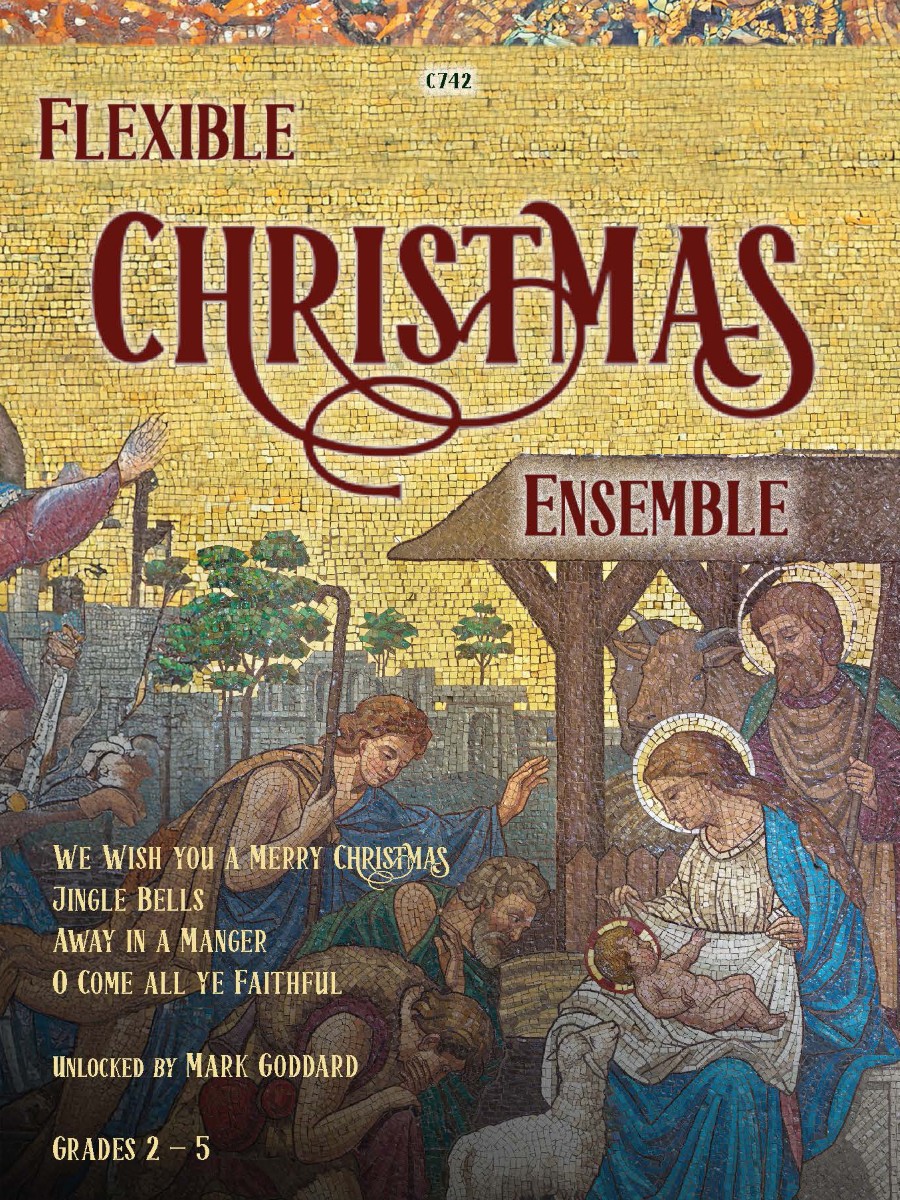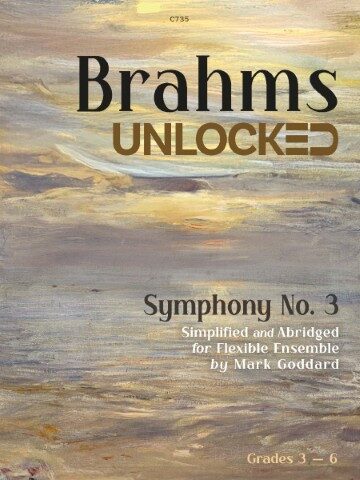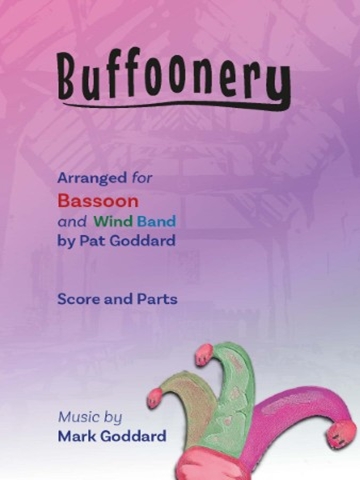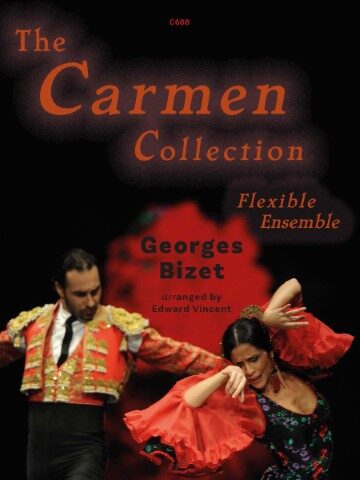Schubert Five, It’s Alive!
Simplified and abridged
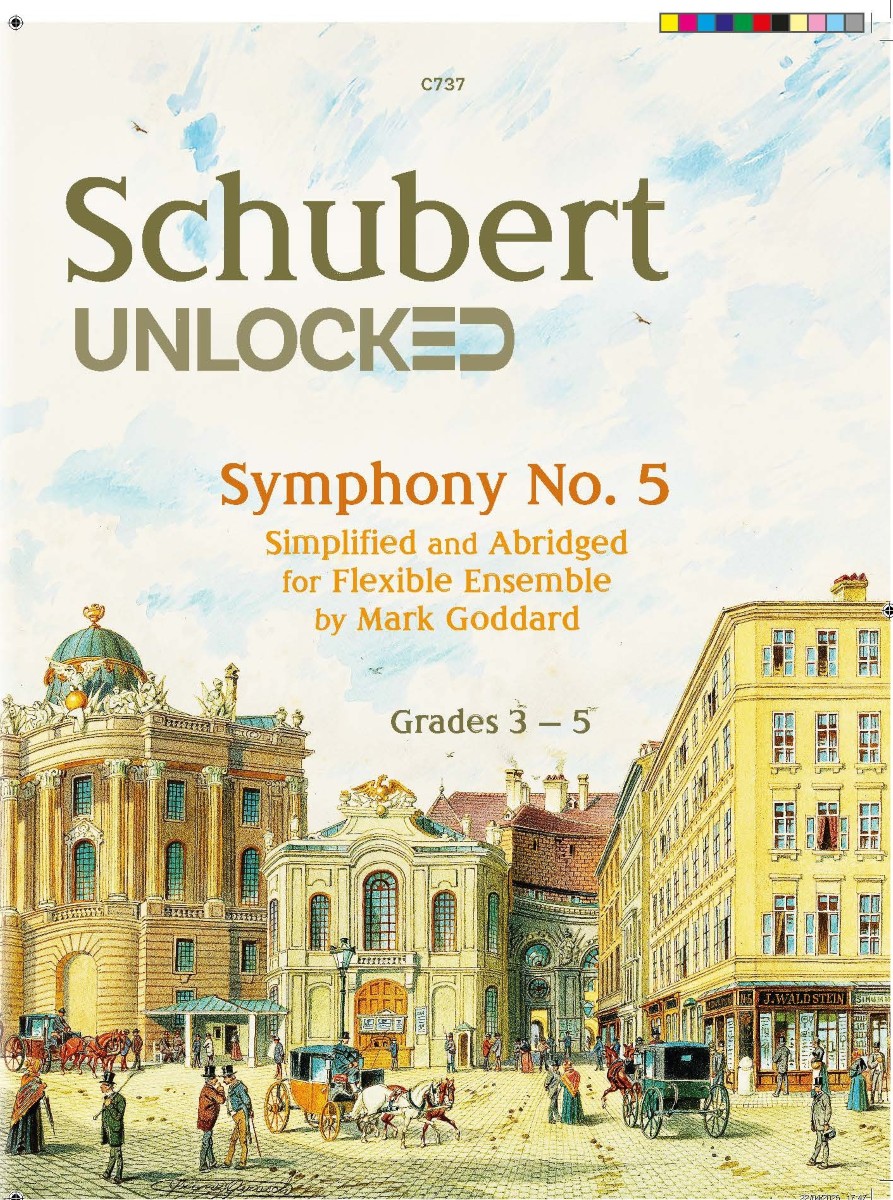
Composer: Schubert, Franz
Arranger: Goddard, Mark
Arranged for: Flexible Ensemble (Woodwind, Brass and String instruments)
Publisher:
| Product Code: | 979-0-570-81737-5 |
| ISMN: | 979-0-570-81737-5 |
| Publishers Number: | C737 |
| Series: | Flexible ensemble |
| Difficulty: | Grades 3 – 5 |
| Language: | English |
| Page count: | 72 |
| Condition: | New |
His major works include the art songs “Erlkönig,” “Gretchen am Spinnrade,” and “Ave Maria”; the “Trout Quintet”; the Symphony No. 8 in B minor (“Unfinished”); the Symphony No. 9 in C major (“Great”); the String Quartet No. 14 in D minor (“Death and the Maiden”); the String Quintet in C major; the Impromptus for solo piano; the last three piano sonatas; the Fantasia in F minor for piano four hands; the opera “Fierrabras”; the incidental music to the play “Rosamunde”; and the song cycles “Die schöne Müllerin,” “Winterreise,” and “Schwanengesang”.
Schubert showed uncommon gifts for music from an early age. His father gave him his first violin lessons, and his elder brother gave him piano lessons, but Schubert soon exceeded their abilities. At the age of eleven, he became a pupil at the Stadtkonvikt school, where he became acquainted with the orchestral music of Joseph Haydn, Wolfgang Amadeus Mozart, and Ludwig van Beethoven. He left the Stadtkonvikt at the end of 1813 and returned home to live with his father, where he began studying to become a schoolteacher. Despite this, he continued his studies in composition with Antonio Salieri and still composed prolifically.
In 1821, Schubert was admitted to the Gesellschaft der Musikfreunde as a performing member, which helped establish his name among the Viennese citizenry. He gave a concert of his works to critical acclaim in March 1828, the only time he did so in his career. He died eight months later at the age of 31, the cause officially attributed to typhoid fever, but believed by some historians to be syphilis.
Appreciation of Schubert’s music while he was alive was limited to a relatively small circle of admirers in Vienna, but interest in his work increased greatly in the decades following his death. Felix Mendelssohn, Robert Schumann, Franz Liszt, Johannes Brahms, and other 19th-century composers discovered and championed his works. Today, Schubert is ranked among the greatest composers in the history of Western classical music, and his work continues to be admired and widely performed.
Schubert Five, It’s Alive is a simplified and abridged for flexible ensemble by Mark Goddard of Schubert’s 5th Symphony, This arrangement retains the essence of… the great work, yet is easy to play and concise. Symphony No. 5 in Bb major, D485, was written in 1816. All four movements are particularly bright and tuneful and the scoring of the symphony is light; inspired by the late symphonies of Mozart, whom Schubert idolised. Instrumentation: This set includes a generic score plus the following alternative instrumental parts: PART 1 Flute/Violin 1 and/or Bb Clarinet/Soprano Saxophone/Trumpet/Cornet and/or Eb Alto Saxophone and/or Eb Soprano Cornet PART 2 Flute/Oboe/Violin 2 and/or Bb Clarinet/Trumpet/Cornet and/or /Eb Alto Saxophone PART 3 Bb Clarinet and/or Eb Alto Saxophone/Tenor Horn and/or Bb Tenor Saxophone and/or Horn in F and/or Violin 3/Viola PART 4 Bassoon/Trombone BC/Tuba/Cello/Double Bass and/or Bb Tenor Saxophone/Trombone TC/Bb Bass TC and/or Eb Baritone Saxophone/Eb Bass TC
R.R.P 14.95
Our Price: 12.71
Digital Download – PDF
Shipping costs: No shipping
Other books in this series
You might also like
-
Bach Bites Back
£12.71 -
Brahms Unlocked – Symphony No. 3
£11.86 -
Buffoonery
£42.50 -
Carmen Collection
£12.71

